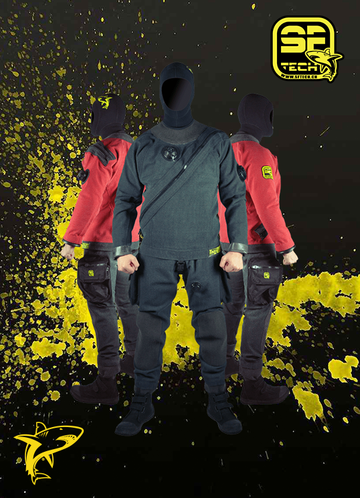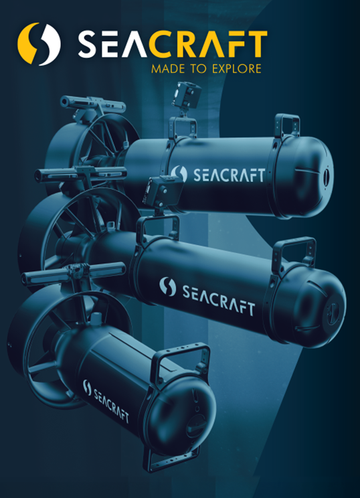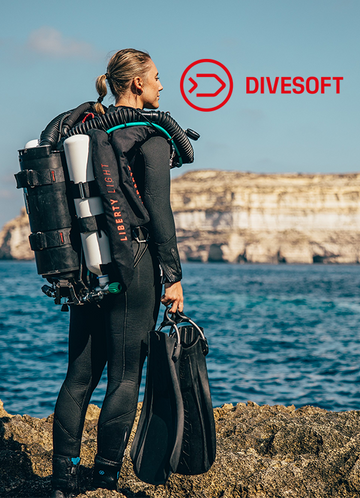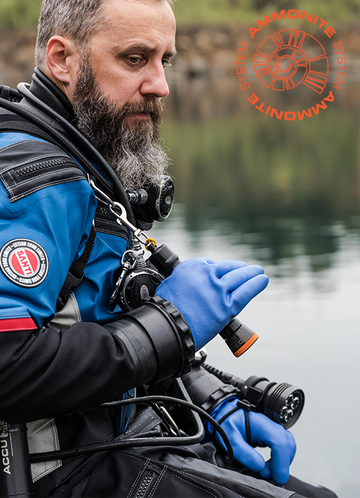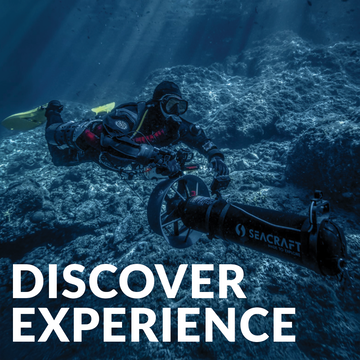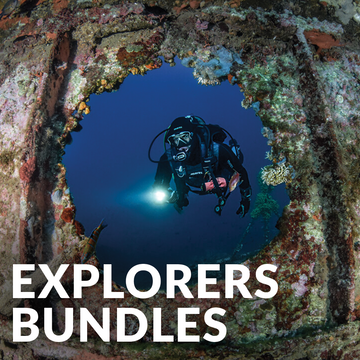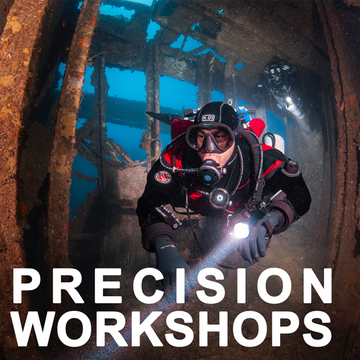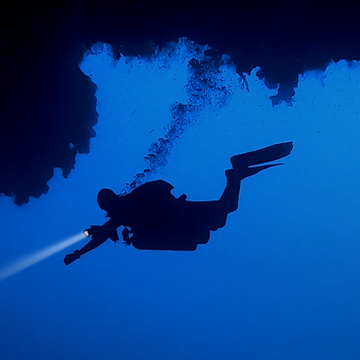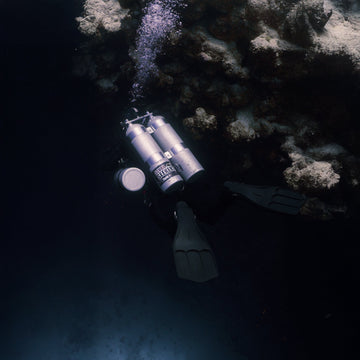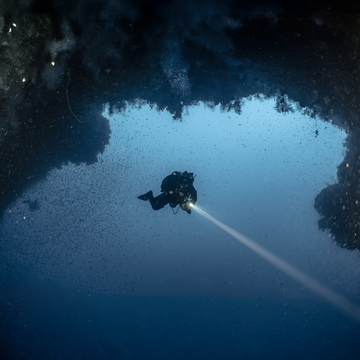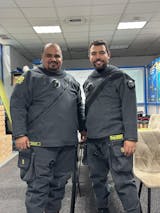DIR, short for Doing It Right, is a comprehensive and systematic approach to scuba diving that prioritizes safety, standardization, efficiency, and teamwork. While the system originated in the technical and cave diving communities, its principles extend far beyond these disciplines, offering value to divers at every level. Whether navigating shallow reefs or conducting complex decompression dives in overhead environments, the DIR philosophy supports a disciplined, thoughtful, and consistent approach to diving.
At the core of DIR is equipment standardization. This does not imply rigidity for its own sake, nor does it stem from brand loyalty or elitism. Rather, it reflects a carefully developed system designed to minimize risk, reduce cognitive load, and facilitate seamless communication and cooperation among team members. Each component of the DIR configuration is selected for its simplicity, reliability, and proven effectiveness in demanding—and often unforgiving—underwater environments.
Backplate, Wing, and One-Piece Harness
DIR divers universally adopt a modular backplate and wing system combined with a continuous one-piece webbing harness. This contrasts with traditional jacket-style BCDs.
Why this setup?
-
Streamlining: The wing bladder sits behind the diver, reducing drag and contributing to ideal horizontal trim.
-
Durability: Stainless steel, aluminum, or carbon fiber backplates provide robust support and can be adapted for different cylinder configurations.
-
Simplicity: A single piece of webbing minimizes potential failure points such as plastic buckles or adjustable clips.
-
Consistency: This system works seamlessly across single tanks, doubles, and many rebreathers, ensuring a uniform platform throughout a diver's progression.
Long Hose and Necklace Backup Regulator
In DIR diving, the primary regulator is mounted on a long hose—typically two meters in length. This hose is routed under the canister light (if used), along the body, and around the neck. The backup regulator is mounted on a bungee necklace and sits just beneath the diver's chin.
Why this configuration?
-
Emergency Gas Sharing: The long hose allows for controlled gas donation during an out-of-gas scenario, enabling divers to swim side by side or in a single profile—particularly in confined spaces.
-
Immediate Access: The necklace-mounted backup regulator is always within reach and easily identifiable.
-
Standard Response: Every team member donates their long hose, eliminating ambiguity and improving team cohesion in emergencies.
Primary and Backup Lights
For any dive involving low visibility, overhead environments, or technical depth, DIR requires one powerful primary canister light and two independent backup lights.
Why three lights?
-
Redundancy: Light failure is unacceptable in caves, wrecks, or complex dives. Two backups ensure continued navigation and signaling capability.
-
Communication: Lights serve as non-verbal communication tools. A narrow-beam primary canister light allows precise, clear signaling.
-
Reliability: All lights must be robust, simple, and operable with one hand—even when wearing gloves.
Dive Computer
While DIR diving emphasizes thorough pre-dive planning using software (such as DecoPlanner), a dive computer remains an essential component.
Why still use a computer?
-
Real-Time Monitoring: Provides continuous feedback on depth, time, and ascent rate.
-
Backup Deco Reference: Offers a reference point in case of delays, lost schedules, or unexpected profile changes.
-
Situational Awareness: Features such as stopwatch functionality or average depth readings enhance dive management without replacing the need for proper planning.
Compass
A compass remains a critical tool in environments with no visual references. It allows for reliable directional control, particularly during navigation patterns or exit returns. In scenarios like long swims, low visibility, complex wrecks, or cave emergencies, it becomes indispensable.
Why a compass?
-
Navigation: Ensures controlled travel along predetermined headings.
-
Lost Line Protocols: Aids in executing efficient search patterns.
-
Team Cohesion: Helps maintain orientation relative to teammates and planned routes.
Wetnotes
Wetnotes are compact, waterproof notebooks stored in a pocket and used for various purposes.
Why wetnotes?
-
Planning and Briefing: Used to write down decompression schedules, mission notes, and reminders.
-
Mid-Dive Communication: Allow for complex messages when hand or light signals are inadequate.
-
Documentation: Useful for recording distances, observations, or issues during exploration or training.
Spare Mask
DIR divers always carry a backup mask, typically stored in a drysuit pocket or worn in tech shorts (when diving wet).
Why a spare?
-
Failure Preparedness: A lost or flooded mask can escalate into a critical situation—particularly in cold water or confined environments.
-
Continuity: A spare enables the diver to continue or safely exit the dive without impaired vision or compromising team safety.
Surface Marker Buoy (SMB) and Spool
Every DIR diver carries a Delayed Surface Marker Buoy (DSMB) and spool, even on dives not expected to end in midwater.
Why this gear?
-
Ascents: Facilitates controlled open-water ascents when no physical reference line exists.
-
Positioning: Alerts surface support to the diver’s location—particularly useful in drift or offshore dives.
-
Emergency Signaling: Acts as a visual signal in case of separation or delay.
-
Consistency: Ensures that every diver is equipped to deploy a marker independently if necessary.
Rigid Fins
DIR divers prefer stiff, rubber fins with spring straps—such as Jetfins.
Why stiff fins?
-
Control: Enable advanced propulsion techniques such as back kick, frog kick, and helicopter turns.
-
Trim Support: Especially helpful when diving in drysuits; heavier fins help maintain flat positioning and reduce effort.
-
Durability: Rubber fins maintain stiffness and integrity even after extended use in rugged environments.
Knife or Line Cutter
A cutting tool is mandatory and mounted horizontally on the harness waistband where it is easily accessible.
Why this tool and location?
-
Entanglement: Fishing lines, nets, and even guideline tangles can become life-threatening.
-
Access: Harness placement ensures it’s reachable with either hand, unlike leg-mounted knives, which are more prone to entanglement.
-
Low Profile: Tools are compact, secure, and designed to prevent accidental release.
Pockets
Pockets are either integrated into drysuits or worn as tech shorts over wetsuits.
Why are pockets necessary?
-
Security: Gear is clipped to bungees or loops to prevent accidental spool entanglement or loss during the dive.
-
Storage: For essential tools such as wetnotes, cookies, arrows, spools, SMB, and backup masks.
-
Organization: Each item has a designated place, ensuring easy retrieval and minimizing task loading.
Standardization: The Foundation of Team Efficiency
The ultimate objective of DIR equipment configuration is to create a predictable, uniform system. When every team member uses the same configuration, situational awareness increases, task loading decreases, and emergency response becomes faster and more effective. Teammates can assist one another confidently and efficiently—whether in valve drills, gas sharing, or lost equipment scenarios.
DIR divers do not carry more gear—they carry the right gear, purposefully placed for easy access and optimal performance under stress. The DIR system is a field-tested, performance-proven approach for managing risk in complex diving environments.
Final Thought
DIR is not just a configuration—it is a mindset. It reflects a commitment to preparation, precision, environmental responsibility, and above all, accountability to one’s teammates. Each item of equipment is selected not for aesthetics, but for function. It is tested, streamlined, and placed exactly where it should be—so that when the unexpected happens, the diver is not just ready—they are already in control.
